Finnish Lapland stretches beyond the Arctic Circle into a realm where winter darkness lasts for months, but the sky rewards travelers with one of Earth’s most spectacular light shows. These remote villages, scattered across Europe’s last wilderness, sit directly beneath the aurora oval—that invisible belt where charged particles from the sun create dancing curtains of green, purple, and blue light.
The combination of minimal light pollution, clear Arctic air, and strategic northern latitude makes these settlements some of the planet’s premier aurora-viewing locations. Here is a list of 15 Finnish Lapland villages where the northern lights perform their nightly ballet overhead.
Kilpisjärvi
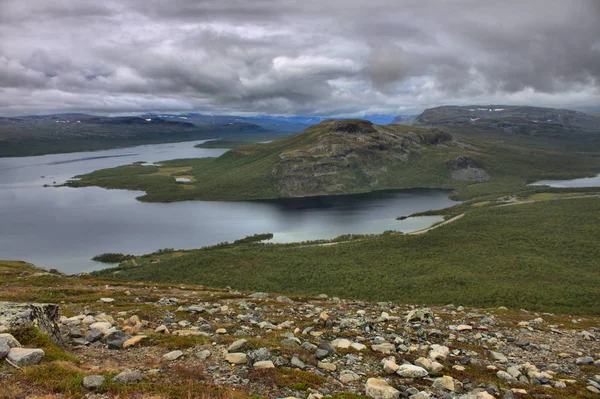
Finland’s northernmost village sits at the convergence of three countries, where the borders of Finland, Sweden, and Norway meet beneath some of Europe’s most active aurora displays. The settlement’s 100 residents experience polar night from late November through mid-January, creating perfect conditions for aurora photography and observation.
Kilpisjärvi’s location at 69 degrees north places it squarely within the statistical aurora zone, where geomagnetic activity produces visible displays on roughly 200 nights per year. The village’s Malla Nature Reserve provides dark sky viewing areas just minutes from heated visitor centers and aurora forecasting equipment.
Utsjoki
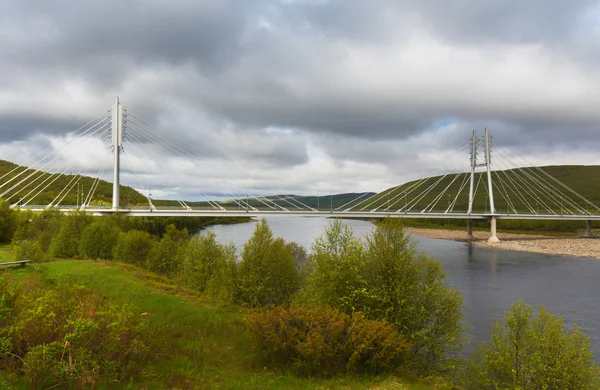
The Sami village of Utsjoki represents Finland’s northernmost municipality, where the Teno River forms the border with Norway under skies that ignite with aurora activity throughout the dark season. Traditional Sami culture remains strong here, with reindeer herders who’ve navigated by aurora light for generations sharing their knowledge with modern aurora tourists.
The village’s remote location, 300 miles north of the Arctic Circle, means aurora displays often begin as early as late August and continue through April. Local guides combine aurora viewing with traditional Sami storytelling, explaining how their ancestors interpreted the lights as spirits of the departed dancing across the heavens.
Like Travel Pug’s content? Follow us on MSN.
Inari
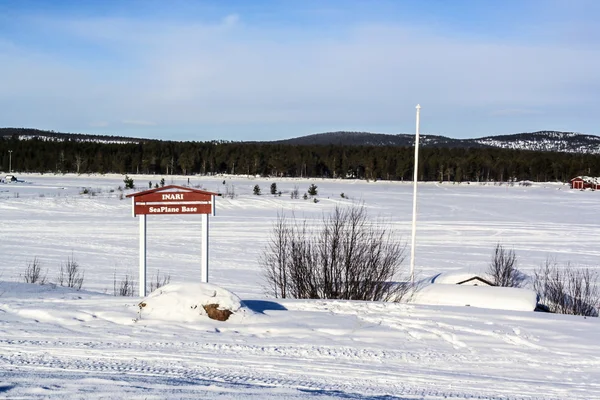
Lake Inari’s vast frozen surface creates a natural aurora theater during winter months, with the northern lights reflecting off the ice to double their visual impact. This Sami cultural center houses the Siida Museum, where visitors can learn about indigenous aurora mythology before heading out to witness the phenomenon firsthand.
The village’s position on Finland’s largest wilderness lake means aurora viewers can position themselves miles from any artificial light source. Inari’s aurora season peaks during the equinoxes in March and September, when Earth’s magnetic field alignment enhances the solar wind interactions that create the displays.
Ivalo
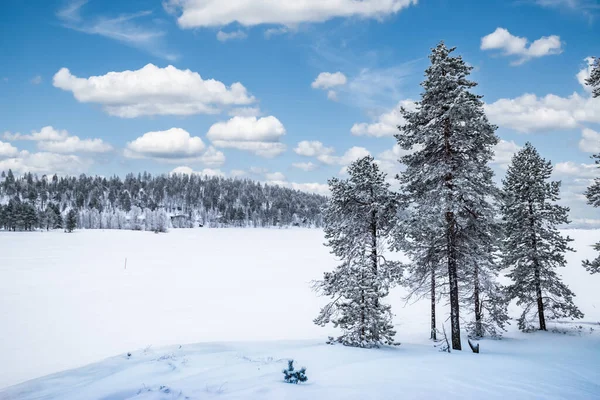
Ivalo Airport serves as the gateway to Finnish Lapland’s aurora country, but the village itself offers excellent viewing opportunities along the Ivalo River valley. The settlement’s modest light pollution doesn’t extend far beyond the town center, leaving vast areas of darkness where aurora displays can unfold without interference.
Local aurora guides use snowmobiles to reach optimal viewing locations within 20 minutes of Ivalo’s hotels and restaurants. The village’s weather station provides detailed aurora forecasts based on solar wind data and local atmospheric conditions.
Saariselkä
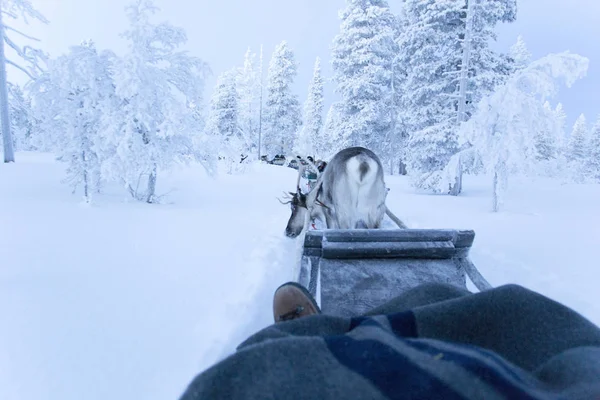
This resort village in Urho Kekkonen National Park combines aurora viewing with Finland’s most extensive network of cross-country ski trails and winter activities. Saariselkä’s location above the treeline provides unobstructed northern horizon views essential for catching aurora displays at their onset.
The village’s glass igloos and aurora cabins allow visitors to watch the lights from heated comfort, though purists prefer the outdoor viewing areas scattered throughout the national park. Professional aurora photographers frequently base themselves in Saariselkä because of its reliable, clear weather and accessibility to varied landscape foregrounds.
Like Travel Pug’s content? Follow us on MSN.
Sodankylä
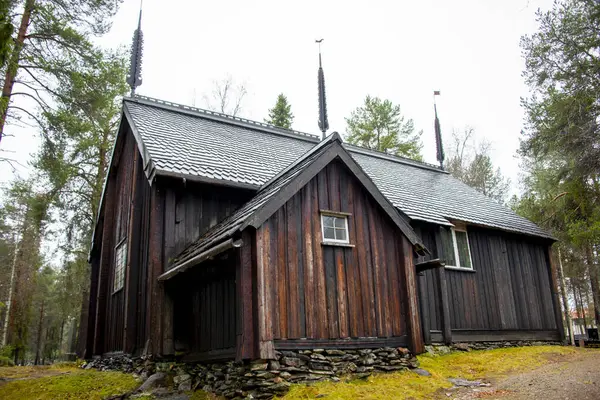
The Sodankylä Geophysical Observatory has monitored aurora activity since 1913, making this village a center for both scientific research and aurora tourism. Located 67 degrees north, Sodankylä experiences aurora displays on approximately 150 nights per year during peak solar activity cycles.
The village’s midnight sun film festival in June gives way to aurora season by late August, when the first faint displays begin appearing in the northern sky. Local researchers often share their knowledge with visitors, explaining the science behind aurora formation while providing current forecasts based on real-time solar wind measurements.
Rovaniemi
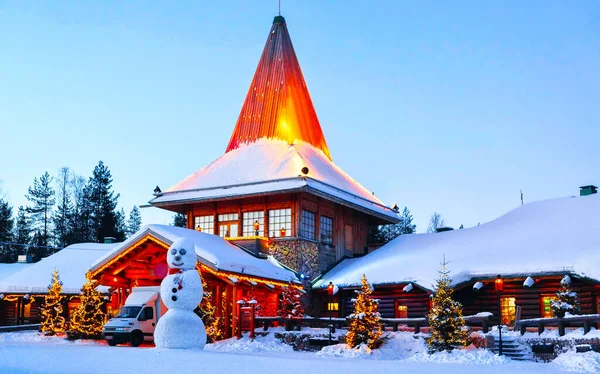
Lapland’s capital city might seem too urbanized for optimal aurora viewing, but the surrounding wilderness areas provide excellent displays just 15 minutes from downtown hotels. The Santa Claus Village and Arctic Circle landmarks make Rovaniemi a popular aurora destination, though serious photographers head to the city’s outskirts, where light pollution diminishes rapidly.
Rovaniemi’s aurora season runs from September through March, with peak activity coinciding with the autumn and spring equinoxes. The city’s tourism infrastructure includes specialized aurora tours that use light pollution maps to find the darkest viewing locations.
Tornio
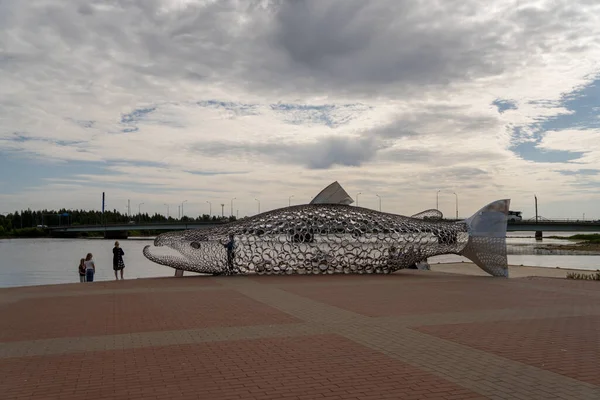
The Tornio River valley creates a natural corridor for aurora viewing, with the lights often appearing to dance directly above the waterway that forms Finland’s border with Sweden. This historic town’s location at 65.8 degrees north places it at the southern edge of the reliable aurora zone, where displays are less frequent but often more dramatic when they occur.
Tornio’s aurora season typically begins in late August and continues through early April, with the most spectacular displays happening during major geomagnetic storms. The town’s golf course provides an unexpected aurora viewing venue, with its open fairways offering unobstructed northern sky access.
Like Travel Pug’s content? Follow us on MSN.
Kemi

Famous for its snow castle and icebreaker cruises, Kemi also offers surprising aurora viewing opportunities despite its coastal location on the Baltic Sea. The town’s relatively southern latitude means aurora displays are less predictable, but when major solar storms occur, the lights can extend far enough south to create spectacular shows over the frozen harbor.
Kemi’s aurora season coincides with its winter tourism season, allowing visitors to combine icebreaking experiences with potential northern lights sightings. Local aurora alerts notify residents and tourists when geomagnetic conditions favor visible displays at this southern latitude.
Pello
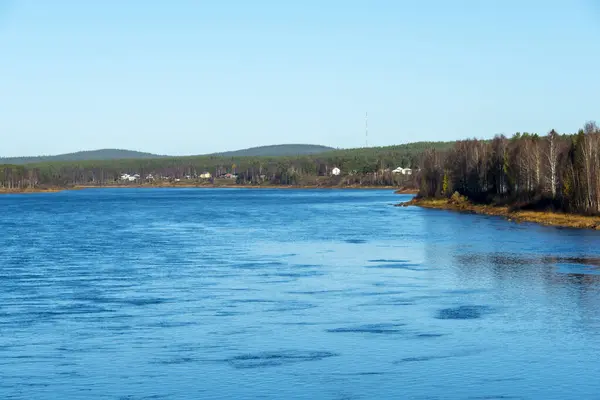
The Pello rapids on the Tornio River remain unfrozen throughout winter, creating misty conditions that sometimes enhance aurora photography with ethereal foreground elements. This border town’s position along the river valley provides excellent aurora viewing angles, with the lights often appearing to emerge from the Swedish forests across the water.
Pello’s aurora season peaks during the darkest months of December and January, when the sun remains below the horizon for extended periods. Local fishing guides often incorporate aurora watching into their winter programs, teaching visitors ice fishing techniques while waiting for the lights to appear.
Muonio
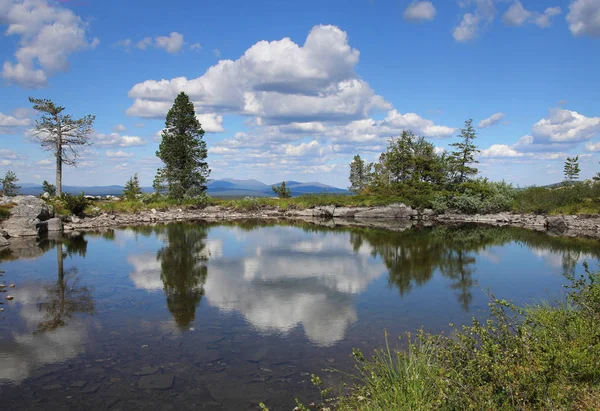
Muonio’s location in the Tornio River valley places it directly beneath one of Lapland’s most reliable aurora viewing corridors, where atmospheric conditions frequently favor visible displays. The village serves as a supply center for surrounding wilderness areas, making it a logical base for Aurora photographers seeking remote locations.
Muonio’s proximity to Pallas-Yllästunturi National Park provides access to elevated viewing positions where aurora displays appear both overhead and at eye level across distant valleys. The village’s traditional Sami culture includes aurora folklore passed down through generations of reindeer herders who used the lights for navigation during winter migrations.
Like Travel Pug’s content? Follow us on MSN.
Kolari
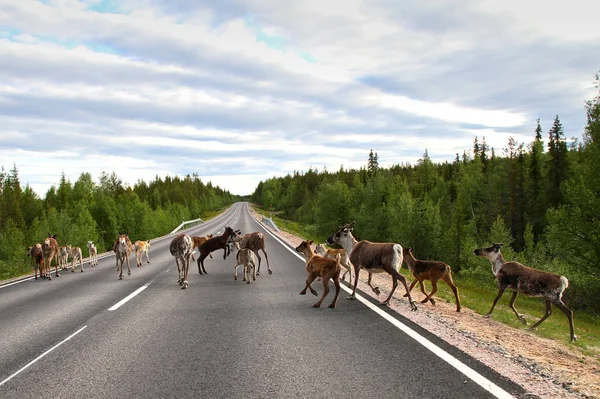
Ylläs fell rises above Kolari village like a natural aurora observatory, with ski lifts providing easy access to elevated viewing positions throughout the winter season. The fell’s treeless summit offers 360-degree sky access, allowing aurora watchers to track displays as they move across the entire northern horizon.
Kolari’s location at 67 degrees north ensures regular aurora activity from September through March, with the highest probability occurring during the two-hour periods before and after magnetic midnight. The village’s ski resort infrastructure means heated shelters and hot beverages are never far from even the most remote aurora viewing locations.
Enontekiö
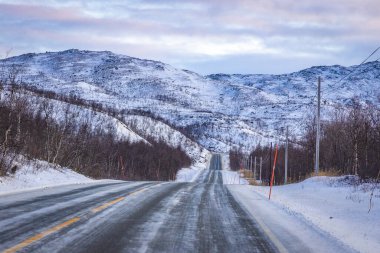
Finland’s northwesternmost municipality encompasses vast wilderness areas where aurora displays unfold over landscapes unchanged since the last ice age. The village of Hetta serves as the administrative center for this sparsely populated region, where reindeer outnumber humans by significant margins.
Enontekiö’s aurora viewing season extends from late August through early May, with the extreme northern latitude providing optimal conditions for capturing the lights in both autumn and spring. Traditional Sami guides lead aurora tours that combine cultural education with scientific explanation, helping visitors understand both the mythology and physics of the northern lights.
Kittilä
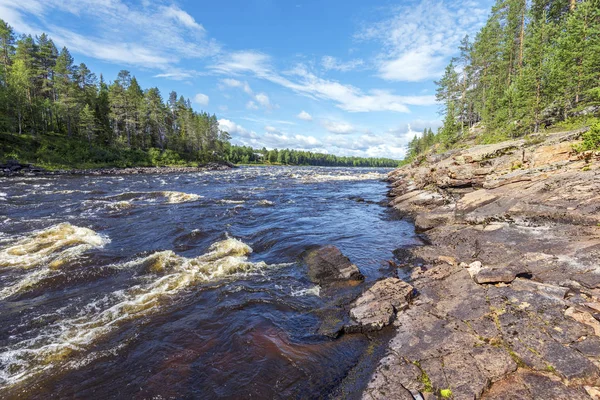
Levi ski resort near Kittilä offers chairlift access to elevated aurora viewing positions, though the village itself provides excellent displays with minimal light pollution impact. The surrounding forests and fells create varied landscape opportunities for aurora photography, from intimate woodland scenes to sweeping wilderness vistas.
Kittilä’s central Lapland location means aurora activity typically begins in early September and continues through late March. The village’s airport connections make it accessible to international aurora tourists who don’t want to make the longer journey to more northern locations.
Like Travel Pug’s content? Follow us on MSN.
Salla
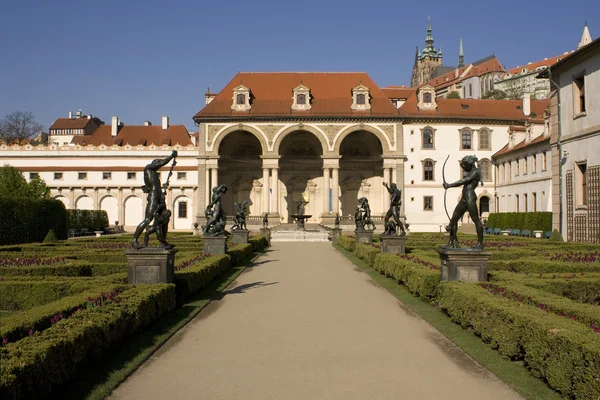
This eastern Lapland village sits near the Russian border in wilderness areas where aurora displays reflect off snow-covered forests and frozen lakes. Salla’s remote location and small population create ideal dark sky conditions, with light pollution limited to a few streetlights in the village center.
The surrounding Salla National Park provides numerous aurora-viewing locations accessible by snowshoe or cross-country ski during winter months. Local aurora guides specialize in combining wildlife tracking with northern lights observation since both activities benefit from the same dark, quiet conditions.
Dancing Light Heritage
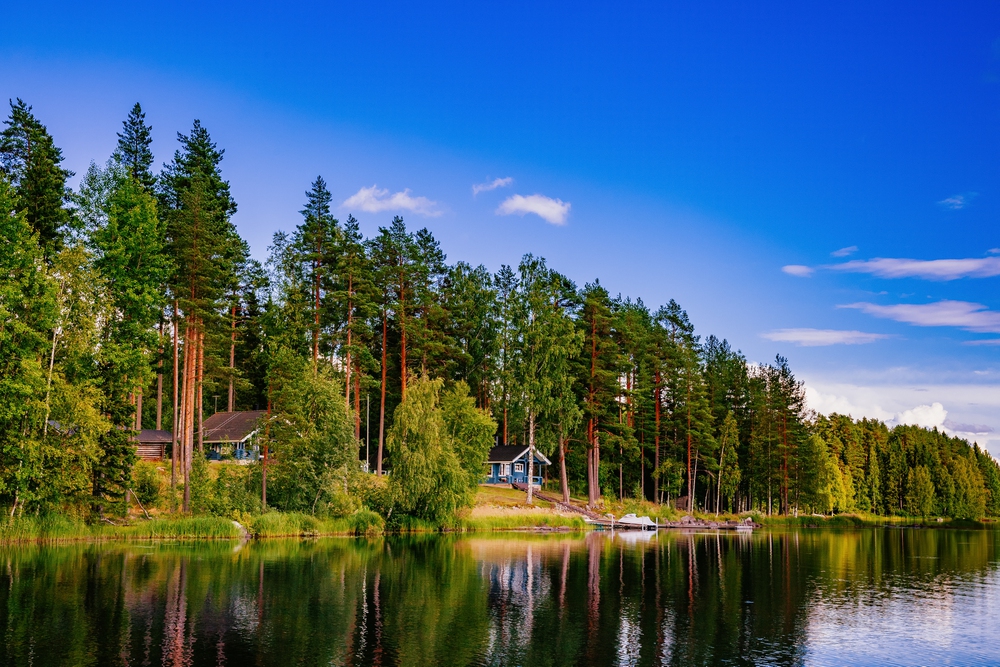
These Lapland villages preserve humanity’s oldest relationship with the aurora borealis, where indigenous peoples developed rich mythologies to explain the mysterious lights long before science understood their solar origins. Each settlement offers its perspective on the phenomenon, from scientific observation stations to traditional Sami interpretations passed down through countless generations.
The combination of cultural heritage and natural spectacle creates aurora experiences unavailable anywhere else on Earth. Modern visitors to these Arctic villages don’t just witness the northern lights—they connect with thousands of years of human wonder at nature’s most ethereal display.
More from Travel Pug

- 20 Best Beach Towns in the Carolinas
- 13 Destinations Where Tourists Regularly Regret Their Trip
- 20 Things You Actually Get in First Class
- 20 Small Airports With Aviation Museums
- 20 Places in the U.S. That Are Perfect for a Reset Trip
Like Travel Pug’s content? Follow us on MSN.
